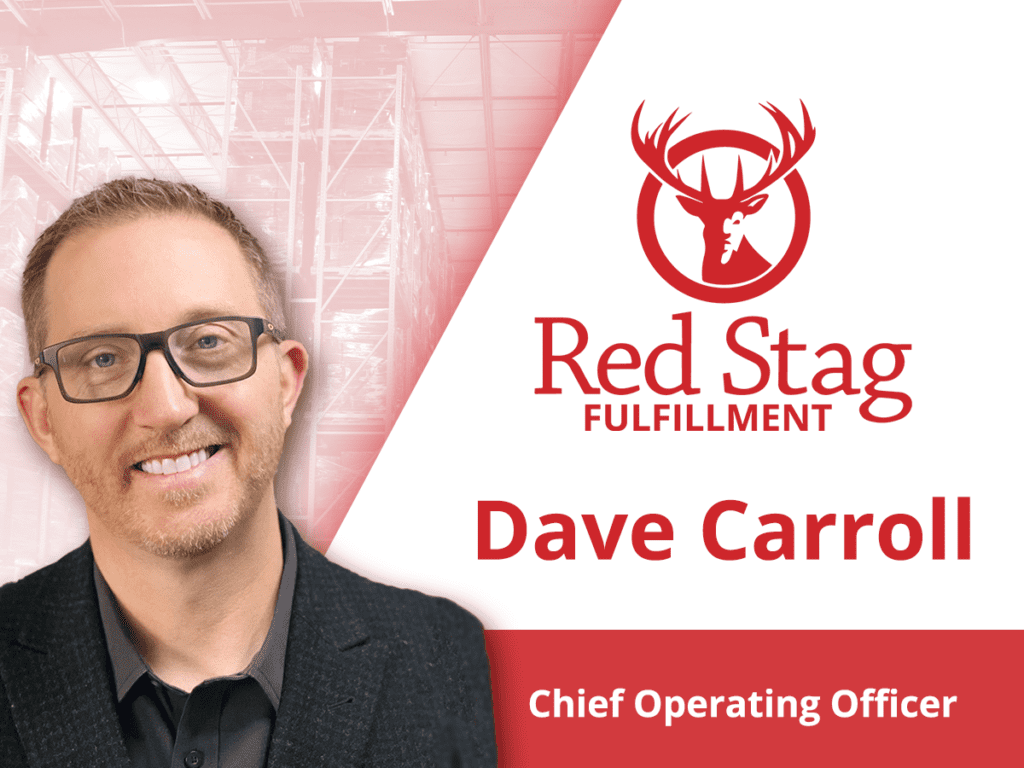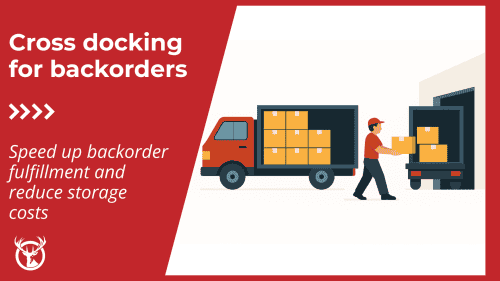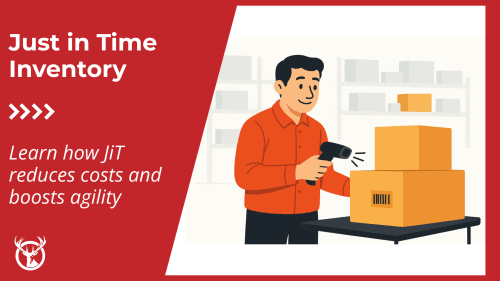
COVID-19 uprooted supply chain standards and best practices, especially regarding the amounts of safety stock companies hold to protect operations during times of unprecedented demand. Inventory mindsets moved from lean to abundance and then to a new uncertainty about how much capital to invest. The path forward to profitability requires caution, business intelligence, and flexibility.
Dave Carroll, Chief Operating Officer at Red Stag Fulfillment, offers his insights on the state of the supply chain and what safety stock may look like in 2022. Let’s look at how companies can adjust and adapt to protect operations.
Safety stock defined
“When talking about safety stock, what we mean is the amount of additional stock a retailer or seller will need to reduce the risk of out-of-stocks,” says Carroll. “Running out of stock leads to lost sales and a poor customer experience. Safety stock allows you to withstand spikes in demand like holiday or seasonal sales.”
Significantly increasing safety stock allowed some businesses to remain afloat through the pandemic when supply chain backlogs made receiving inventory from manufacturers more difficult. Now, however, limits in available warehouse space across the U.S. and shifting sales are putting pressure on companies that have sunk significant capital into stock. Holding as much as possible, just in case, creates liquidity risks and drives up eCommerce expenses.

Pre-pandemic safety stock approaches
The Great Recession of 2007 to 2009 changed how many companies approached traditional inventory planning and import practices. Capital was light and stretched thin, so companies reduced expenditure as much as possible. This led to streamlining inventory holding and the expansion of lean logistics approaches for stock.
For inventory, lean logistics refers to the practice of eliminating waste and significant holdings, driven by data-focused business intelligence. Companies reduced inventory they carried by using analytics to determine the lowest SKU counts to meet sales without running out, based on manufacturer lead time for restocking.
Much like the pandemic safety stock shifts, companies were adapting to the capabilities of their supply chains and customer spending. Manufacturing partners and ocean-based imports were dependable enough for companies to strictly control and minimize inventory levels, freeing up revenue for other investments. This allowed companies to survive even as consumer spending declined, making advanced inbound practices such as cross-docking more common among eCommerce brands and 3PL partners.
Pandemic safety stock changes
The lean approach remained an industry standard even as consumer confidence, disposable income, and spending returned and exceeded pre-recession levels. The industry focused on further optimization and streamlining of operations and spending until the shock of COVID-19 started to grind global supply chains to a halt in 2020.
When the pandemic struck, supply chains around the world buckled and broke under the strain of shifting supply, demand, and a lack of infrastructure and people to compensate for the natural disaster. Risks quickly compounded, and companies looked for what opportunities they had to start controlling some threats. Increasing pandemic safety stock to have more “just-in-case” of future disruption became the norm.
It was a swift change that protected many operations but having the eCommerce industry as a whole take this approach is unsustainable for their supply chain partners. 3PLs and traditional warehouse operations simply lack the physical space in the country to support such a move. Individually, it is driving up operational costs eating into many eCommerce companies’ reserves, making holding a significant amount of pandemic safety stock unsustainable for the long term if sales volume does not scale accordingly.
What recovery may 2022 bring?
Carroll notes that many of the pandemic supply chain issues remain, including a lack of available labor in the market and that delivery vehicles are in short supply. COVID-19 continues to create bottlenecks across the globe by driving slowdowns and shutdowns, especially in China.

These and other issues continue the need for businesses to carry safety stock. What no one is quite certain of is how much safety stock to keep. What’s perhaps most important is taking time to review stock levels and make regular adjustments while being flexible in operations.
“Many businesses will use their experience or ‘gut’ instincts to decide how much additional stock they need to withstand these economic and social conditions. Unfortunately, you can only get by for so long using historical data and experience,” says Carroll. He suggested a few methods that companies can use to make good, analytical decisions when combined with other warehouse and inventory metrics:
- Standard safety stock formula: (Max daily sales in dollars * Max lead time in days) – (Average daily sales in dollars * Average lead time in days)
- Time-based formula that follows the standard formula but uses sales projections to help account for changing demand: (Max daily sales in dollars * Max lead time in days) – (Projected daily sales in dollars * Average lead time in days)
“There are several ways to calculate the safety stock that a company needs, and those are just two foundational options,” says Carroll. “Many others are easily accessible on the Internet and may better serve different industries. Find the right one for your business and know that you are taking a thoughtful approach to how you manage your inventory instead of reacting to market conditions.”
Getting help now
Red Stag Fulfillment knows safety stock will be an ongoing focus for our partners in 2022. If you want to discuss current inventory holdings and how to adapt to changes this year, please reach out to your account team directly. Not a current partner but want help protecting your supply chain and fulfillment to serve customers better this year? Click the button below to speak with an expert.











